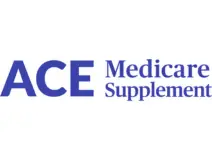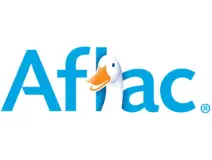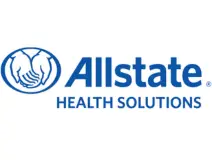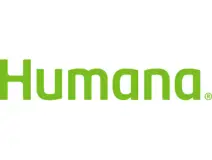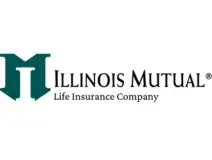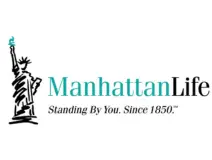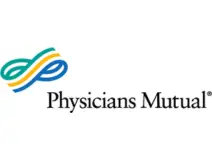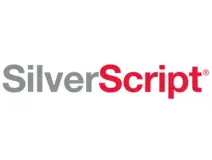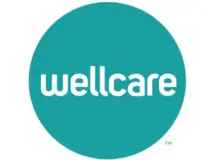Medicare Special Enrollment Periods
Medicare Special Enrollment Period for Part A and Part B
After your Initial Enrollment Period is over, you may have a chance to sign up for Medicare during a Special Enrollment Period. For example, if you didn’t sign up for Part B (or Part A if you have to buy it) when you were first eligible because you have group health plan coverage based on current employment (your own, a spouse’s, or a family member’s if you have a disability), you can sign up for Part A and/or Part B:
- Any time you’re still covered by the group health plan
- During the 8-month period that begins the month after the employment ends or the coverage ends, whichever happens first
Your coverage starts the first day of the month after you sign up. Usually, you won’t have to pay a late enrollment penalty if you sign up during a Special Enrollment Period. This period doesn’t apply if you’re eligible for Medicare based on End-Stage Renal Disease (ESRD) or are still in your Initial Enrollment Period.
Medicare Special Enrollment Period For Part C (Medicare Advantage Plans)
Are set so you can make changes to your Medicare Advantage and Medicare drug coverage when certain events happen in your life, like if you move or you lose other coverage. These chances to make changes are called Special Enrollment Periods. The types of changes you can make, and the timing depend on your life event.
Starting January 1, 2024, if you sign up for Part A and/or Part B because of an exceptional situation, you’ll have 2 months to join a Medicare Advantage Plan (with or without drug coverage) or a Medicare drug plan (Part D). Your coverage will start the first day of the month after the plan gets your request to join.

